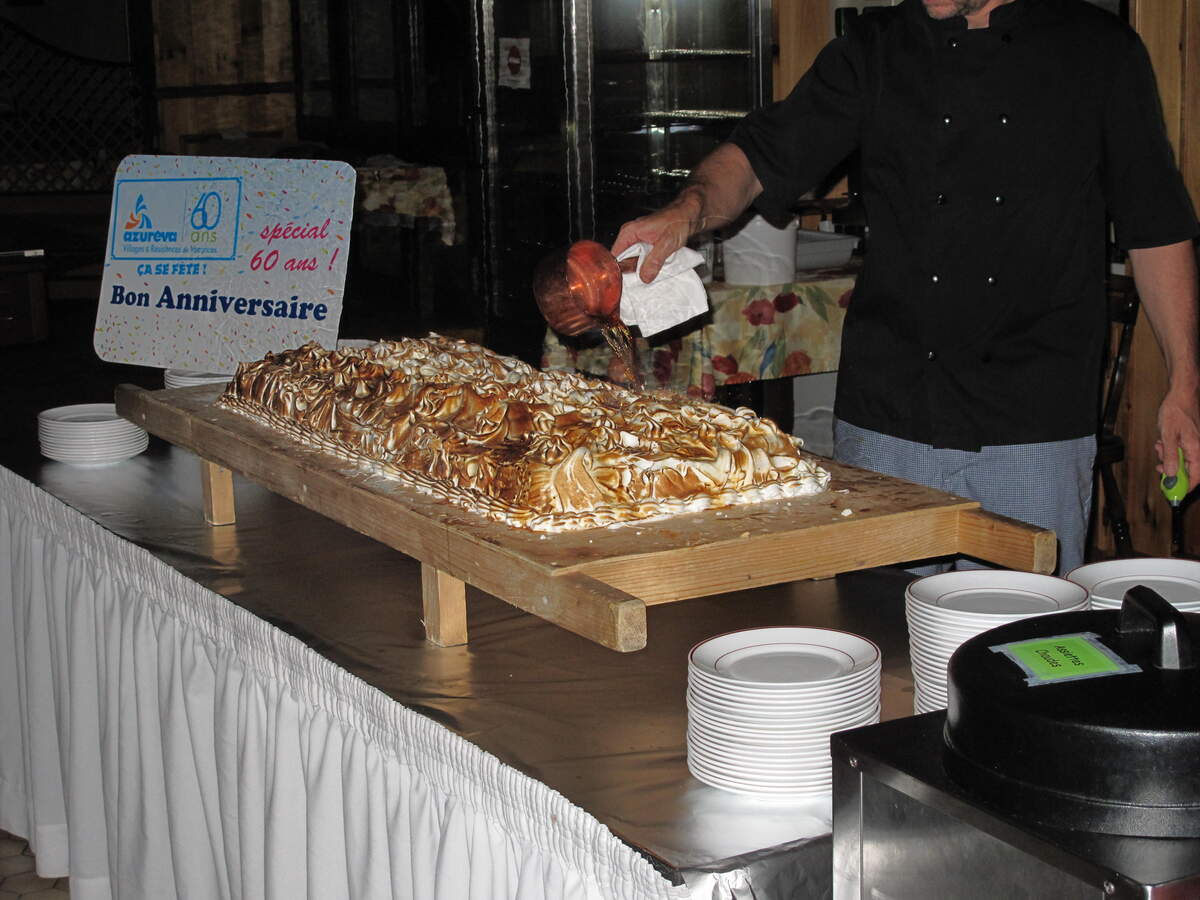

National Baked Alaska Day
Baked Alaska is a dessert consisting of sponge cake covered with a thick slab of ice cream, with meringue on the top. It is baked in a hot oven for about five minutes, or until the meringue is browned. The ice cream doesn't melt, because it is insulated by the meringue. The roots of the confection start at the turn of the eighteenth century, when Benjamin Thompson studied the resistance of egg whites to heat, and saw they made a good meringue insulator. The brown topping that he perfected would eventually be used on top of baked Alaska. In the 1830s, French chefs first created the "Omelette Norwegge," which consisted of layers of cake and ice cream covered with meringue, that was then boiled.
Shortly after the United States purchased the Alaska territory from Russia in 1867, Charles Ranhofer, a pastry chef at Delmonico's in New York City, came up with what would become baked Alaska. At the time he called it "Alaska, Florida," a name that highlighted the temperature contrast between the cold ice cream and the toasted meringue. The original Delmonico recipe consisted of banana ice cream, walnut spice cake, and meringue. It was expensive because it took a long time to make and it contained bananas that came from Central America. An "Alaska, Florida" recipe of Ranhofer later appeared in his cookbook, The Epicurean. It is possible he had come across and was influenced by France's "Omelette Norwegge," because he was born in France. The name baked Alaska may have appeared in the 1880s, but it goes back until at least 1905. Fannie Merritt Farmer also called it as such in a 1909 edition of her cookbook.
How to Observe National Baked Alaska Day
Celebrate the day by eating baked Alaska. If you can't make it to Delmonico's to try theirs; you can make their recipe on your own. You could also make Charles Ranhofer's recipe for "Alaska, Florida," or make other baked Alaska recipes.





















